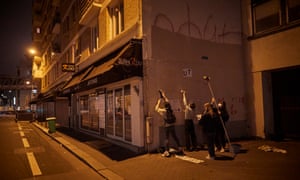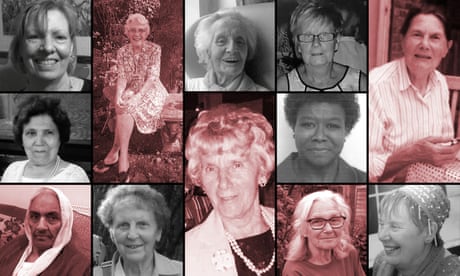Elizabeth Lo’s film about the street dogs of the Turkish metropolis is the perfect companion piece to Kedi, a 2016 work about its cats
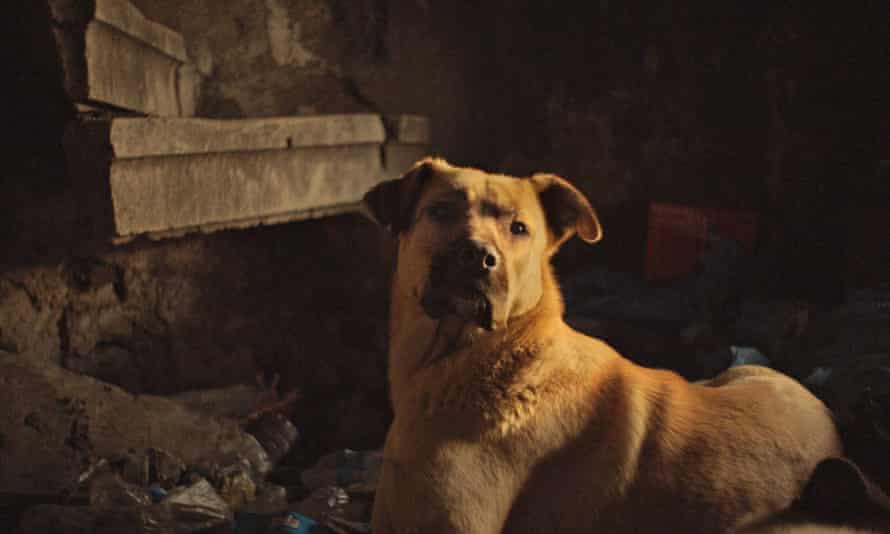
Leslie Felperin
Tue 23 Mar 2021
At last, just what world cinema really needs right now: an exquisitely made film about street dogs in Istanbul, satiating that universal desire to see distant lands, coo over beautiful, noble animals, and satisfy the audience’s need to feel guilty about the misfortune of poorer, unluckier people. Director Elizabeth Lo’s first feature-length documentary ticks every box, while also providing a companion piece to Kedi, Ceyda Torun’s equally wonderful ode to Istanbul and Turkey’s feral felines. Together, the two films would make the perfect night in of viewing for quarantined animal lovers with frustrated wanderlust, especially anyone who loves the magnificently grotty Bosphorus metropolis.
Filmed seemingly with a low-slung camera held for great chunks of the running time at dog-head height, the film follows a gaggle of orphans both canine and human whose paths intersect and converge. A trio of Turkish-speaking refugees from Syria live in squatted building sites and doorways, and the camera stands back and watches while they huff glue from bags and space out. The actual protagonist is a yellow mutt named Zeytin, a Labra-something cross probably, with the most soulful eyes you’ll see in any movie this year. Dragging a slightly crook leg and sometimes palling up with dog friend Nazar – a dark, stockier lady of a certain age – Zeytin hangs with the Syrian boys and then saunters off to look for food when the fancy takes her, queen of the road, blithely unconcerned about cars.
The spliced-in grandiloquent quotes about dogs and philosophy and whatnot from Diogenes that pepper the film aren’t really necessary; the action speaks for itself. Perhaps because the star species here is more biddable and less camera-shy than the average cat, Lo’s film stays closer to its non-human heroine than Kedi did, creating a more lyrical, less anthropological study. That poetic vibe is richly enhanced by composer Ali Helnwein’s keening, cello-centric score that’s nimbly synched up to the editing. That said, nothing tops the vocal performance from Zeytin herself at the end, howling hauntingly along with a muezzin’s call to prayer.
Stray is released on 26 March on digital platforms.
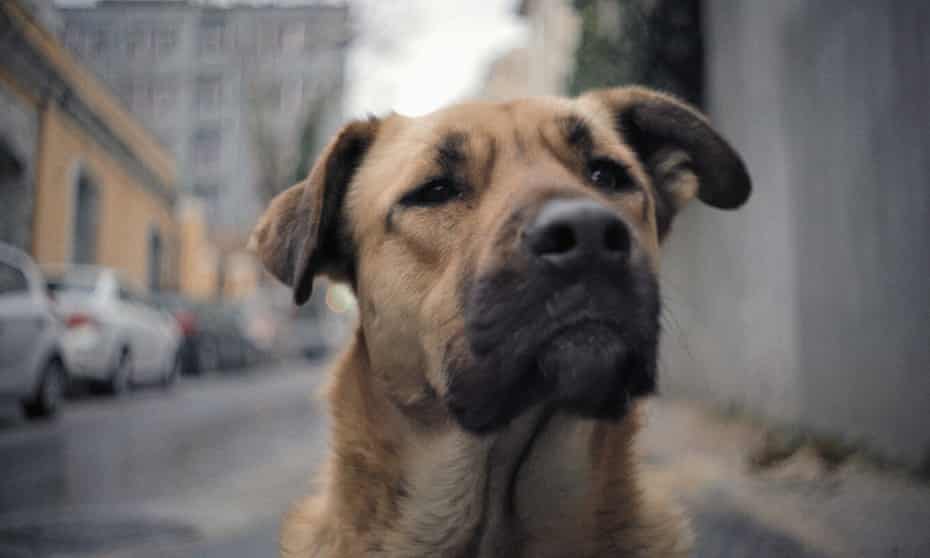
To mark National Puppy Day, Elizabeth Lo’s acclaimed film Stray gives humans rare insight into the canine gaze, courtesy of homeless mutts in Istanbul
Richard Godwin
Tue 23 Mar 2021
From the moment Zeytin makes her first appearance in Elizabeth Lo’s feature Stray, there is no doubt you are in the presence of a unique spirit. As she surveys an Istanbul side street at dawn, her features are alert, her gaze is uncompromising and her deep, dark eyes sparkle with intelligence. There’s something of Katharine Hepburn in The African Queen about her, or maybe Brad Pitt in one of his less kempt moments. But non-dog comparisons don’t do her justice. This is one indomitable bitch.
Lo first encountered Zeytin and her friend Nazar on a 2017 casting trip to Turkey, and knew immediately that she had found the star she was looking for – which is to say, a dog who could carry a human film. “We were wandering through a busy underground tunnel filled with people when suddenly these two giant stray dogs streaked past us,” she says. “They were running with such a sense of purpose and it was so intriguing. What appointments did these dogs have to keep?”
Lo and her small crew of Turkish co-producers ended up tailing Zeytin, Nazar and another dog, Kartal, to all of their appointments around Istanbul for a period of over two years, trying to answer that question. Her documentary, filmed entirely at dog-height and given an immersive soundtrack by the sound artist Ernst Karel, reveals a rich social calendar, as the dogs trot to meetings with fishers on the Galata Bridge, lunches with refuse collectors on the Istiklal Caddesi, brisk liaisons with male dogs and long nights sleeping on construction sites with Jamil, Halil and Aliof, three refugees from Aleppo.
It’s no surprise to find that Lo is a dog-lover. She grew up in Hong Kong with a sheepdog named Mikey and when Mikey died, she vowed to make a film that honoured a dog’s life on its own terms rather than through the prism of ownership. “It was about recentring a narrative, visually and sonically, around a non-human gaze, breaking away from an anthropocentric way of viewing the world,” she says.
Her initial thought was to make a documentary comparing the treatment of stray dogs in different cities around the world, but the unusual legal status of stray dogs in Istanbul ended up consuming her attention. For most of the last century, Turkish authorities have battled against stray (and often rabid) dogs, ultimately resorting to inhumane methods such as mass poisonings – which only made the dogs more hostile and dangerous. Eventually, public outcry forced a change in the law. Since 2004, it has been illegal to euthanise or capture any stray dog in Turkey. The result, in Istanbul, is that dogs now eat, sleep, defecate and mate wherever they choose. The authorities merely vaccinate, sterilise, tag and provide medical attention to the strays. What Lo saw as she followed Zeytin, Nazar and Kartal around was a city of 15 million people taking communal care of the city’s estimated 130,000 dogs, who lead far more fulfilling lives as a result.
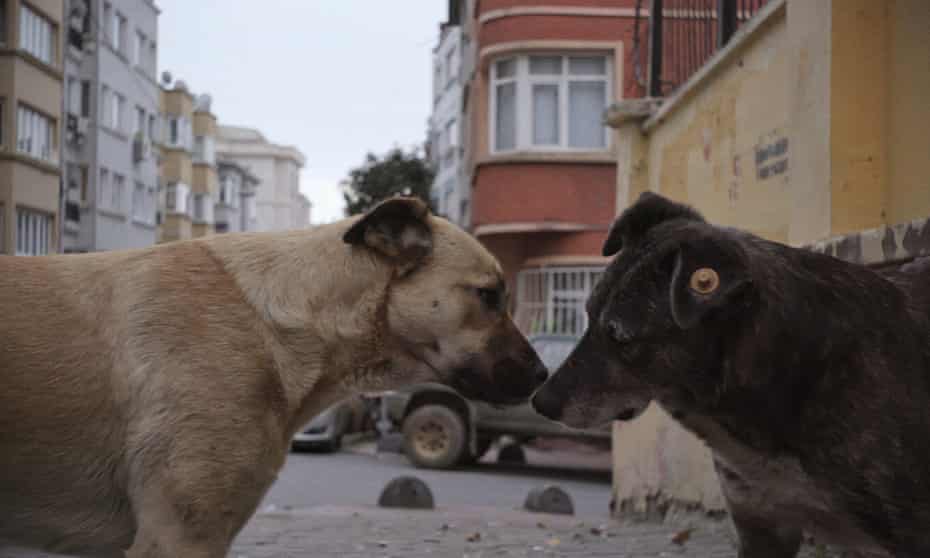
What she witnessed in Istanbul was that dogs could successfully integrate into a city without becoming nuisances or harming themselves – and the dogs were, not coincidentally, far better socialised than the vast majority of pets in LA, where Lo has lived for most of the last decade. There are no interviews or commentary in the film – only a bit of overheard gossip – though there are some choice maxims from Diogenes of Sinope in 360BC: “Human beings live artificially and hypocritically and would do well to study the dog.” While Lo says she wouldn’t presume to speak for animals, this is a polemical film, strongly influenced by Donna Haraway’s writings about interspecies relations and John Berger’s essay, Why Look at Animals? And Lo’s camera can’t help but make implicit comparisons, notably between the status of the dogs and the Syrian refugees who befriend them. It was to these “stray” men that Zeytin and Nazar were running to when Lo first encountered them in the tunnel and their bond is at the heart of the film. Again, the relatively hospitable treatment given to the refugees also took her by surprise. In the film, we do see them being moved on, but the security guards who are doing so are generally apologetic as they do so. “I felt a lot of compassion there. When I asked people how they felt about refugees, oftentimes, people would say: ‘They are our brothers, they are in need and Turkey is a haven for those in need.’ Even government officials would sometimes say that.”
I watched the film conditioned by stories such as Black Beauty or White Fang to expect that at some point Zeytin would be subjected to cruelty and violence. But the moment doesn’t arrive; she doesn’t fall into our usual categories of victim or hero, wild or tame. There’s a funny moment when she wanders into the middle of a feminist rally where she is fondled by of the protesters – only to be mounted by a male dog as the protesters yell loudly about consent. “I’m not sure what the scene is saying exactly, but I loved the surrealism of it,” Lo laughs.
Zeytin had charisma, but she made Lo work hard. She was unusual in that she was completely unfazed by Lo’s camera – which allowed all those lingering closeups – but she also proved unbribable with even the choicest cuts of meat, since she was so adept at finding whatever she wanted on the street. “A lot of times, we would just be waiting and waiting and waiting for Zeytin to wake up – and sometimes she wouldn’t wake up until 5pm. Her rhythms were her own. We just had to surrender our desires for whatever we might expect of a film’s story and hand it over to her. Sometimes she would chase after sounds that we couldn’t hear or smells that we couldn’t smell. It was just a process of letting go and trying to immerse.”
After a night of filming, Lo would strap on small GPS devices so that she could find her again the next day. Still more challenging was the gap of almost a year in the middle of filming. Everyone outside of Istanbul thought that she wouldn’t survive long on the streets – but Lo found her within a couple of days of returning to the city. Even now, a couple of years after she finished production, her friends in Istanbul are still sending her pictures of Zeytin and Nazar whenever they see them.

She hopes that the film will make people reflect on our double standards when it comes to dogs in the west. She is disturbed by the internet – and the lockdown-driven vogue for pure-bred dogs : “Have these pet owners stopped to consider where the mother of their beloved is, how much she has suffered in breeding facilities?” However, she thinks that pet ownership can be a gateway to empathy with other species, noting that in California, pet owners vote in far greater numbers for animal-welfare measures. And she hopes that the film will make us question our assumptions.
“We think that we treat dogs better in the west. But really the fact that New York, London, LA don’t have dogs on the street is indicative of how intolerant we actually are. Unless a dog is property, it has no rights at all. Which is insane if you think about it. We’ve somehow reframed the insanity of killing millions of dogs every year or letting them languish in cells as the moral thing to do when in fact it’s the opposite.”
In Istanbul, she says, she was able to have fulfilling relationships with animals that weren’t based on ownership – and has missed it ever since. “John Berger writes: maybe the impulse to go to the zoo is to fulfil this desire that is so lacking in our modern existence. It’s in our blood to be with other species and to communicate with them. The experience in Turkey showed me what I’d been missing in the cultures I’d grown up in, where the streets are devoid of other species. That’s such an impoverished way to go through the world.”
Stray is available to preview on www.stray-film.co.uk to celebrate National Puppy Day on March 23, ahead of its digital release on March 26




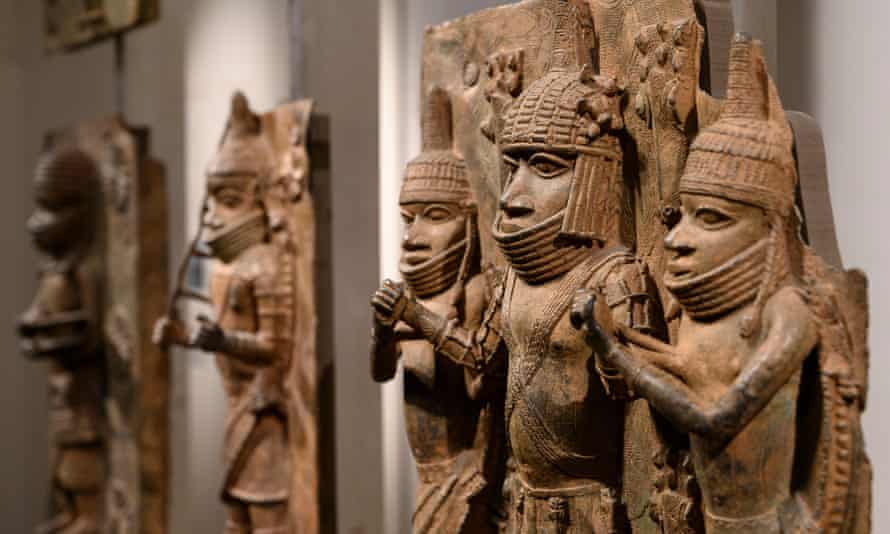
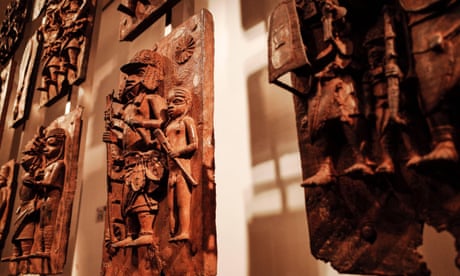

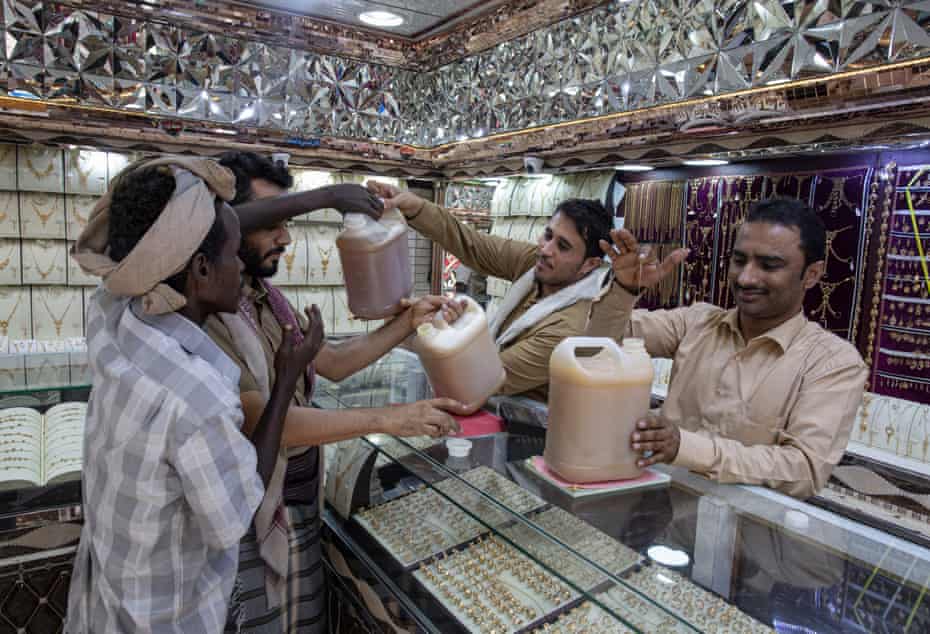

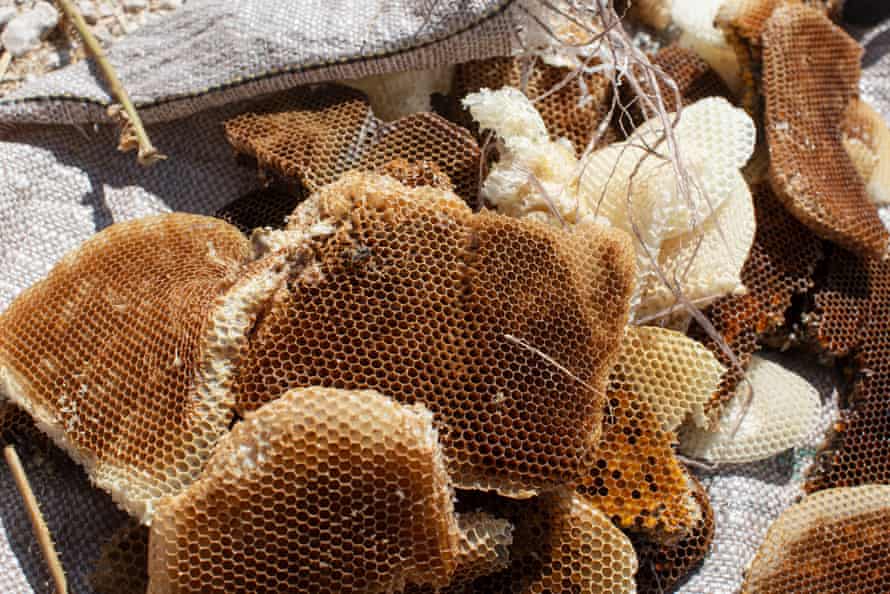
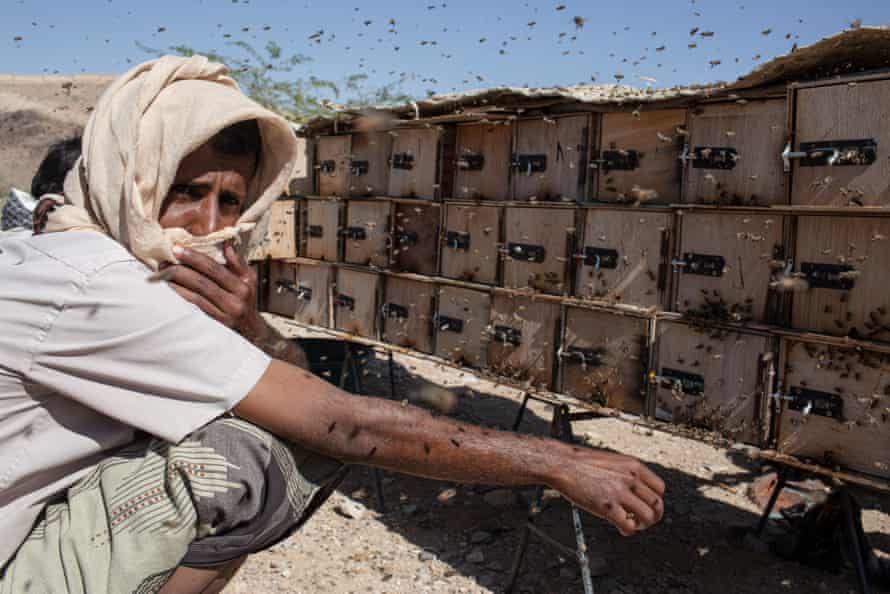

 Otherworldly ... That Cloud Never Left
Otherworldly ... That Cloud Never Left
